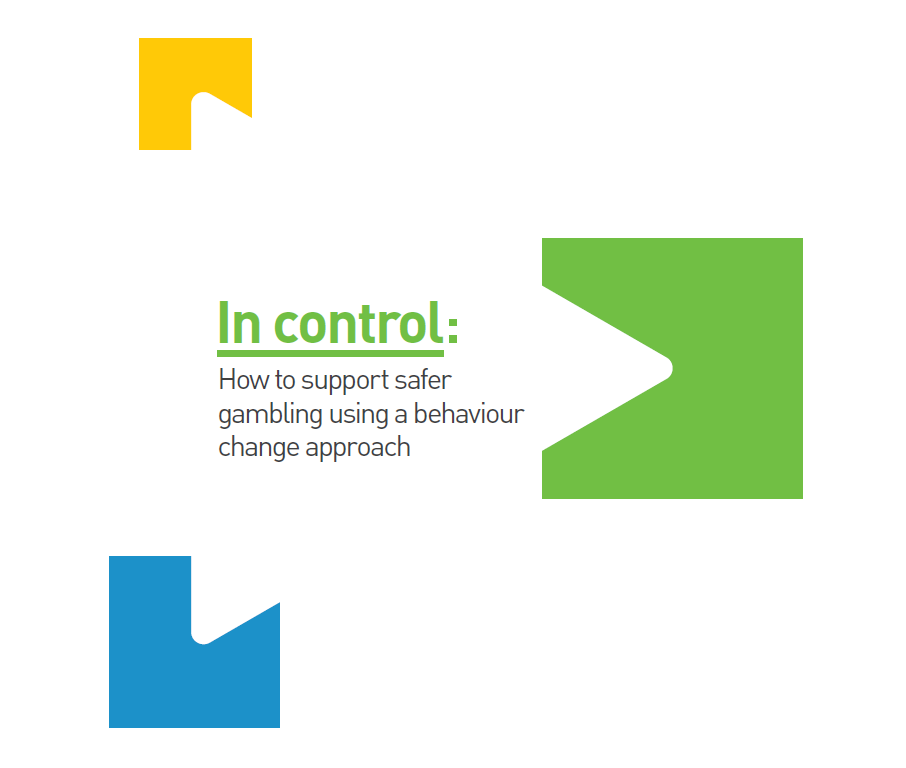We have long felt that responsible gambling initiatives would benefit from an approach built on an understanding of real-life gambling behaviour.
So when the Senet Group, which represents several leading bookmakers, approached us about conducting behaviour change research to help operators better understand how to support responsible gambling, we saw it as a rare – and powerful – opportunity.
We frequently encounter gambling behaviour in other areas of our work, from financial decision-making to digital behaviours, debt advice to mental health and wellbeing.
We know that you can’t identify opportunities to change behaviour without understanding that behaviour – and that you can’t understand behaviour from self-report alone.
Gambling is a sensitive subject and people will often want to paint a favourable picture of themselves. At the same time, most people aren’t accurately aware of their gambling behaviours in any case.
To get beyond this, we carried out extensive in-home ethnographic fieldwork, shadowed people while they were gambling, and collected objective evidence of gambling behaviours (betting slips, bank statements, receipts, bet histories, etc.). These revealed often significant differences between what people said or believed they were doing, and what they were actually doing.
We were seeking to understand the relationship that ‘mainstream’ customers had with gambling. As such, we made sure that our sample included people spanning very low to higher risk gambling according to the PGSI (Problem Gambling Severity Index – the most widely used standardised measure of problem gambling).
Strikingly, though, we found during fieldwork that what many people had reported in answer to the PGSI questionnaire was a significant under-estimation of their actual gambling.
However, we also found a wide range of positive behaviours – and it was these we focused on in developing a behaviour change model that could be used by industry operators.
The central finding from our research was that people struggle to gamble safely unless they are in control while they are gambling. In fact, most people do set mental ‘boundaries’ to restrict their gambling behaviour and help them stay in control – and work out their own strategies for sticking to them.
To build a behaviour change strategy on this kind of evidence, we’ve drawn on work about “bright spots”, a phrase originally coined by Jerry and Monica Sternin in their work to prevent malnutrition in Vietnam for Save the Children.
By studying how people achieve desired outcomes, we can build a framework of behavioural ‘levers’ to help the wider population of gamblers stick to their ‘boundaries’ and stay in control when gambling.
In doing so, this research has revealed a wide range of opportunities for operators to help their customers gamble in a controlled, safe and responsible way.
While some operators offer some tools to help customers manager their behaviour in this way, it’s clear there are many more ways they could do so.
Supporting gamblers’ motivation to set boundaries and stay in control, providing tools and techniques to help them do so in practice – and making sure none of their messaging or activities undermine customers’ efforts, would represent a new era for the UK gambling industry and improved outcomes for customers.
And when it comes to real-life behaviour, that’s what matters.

